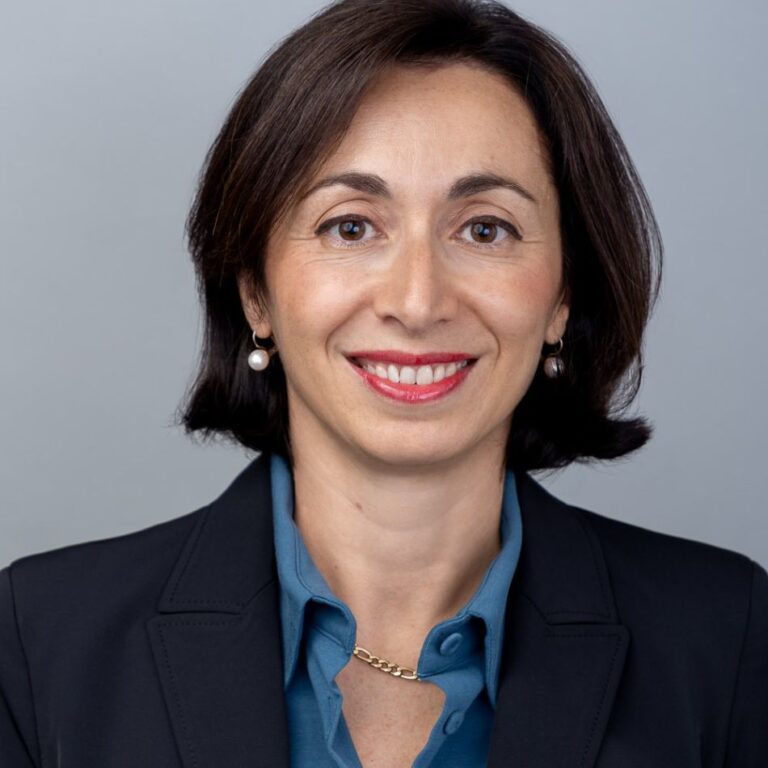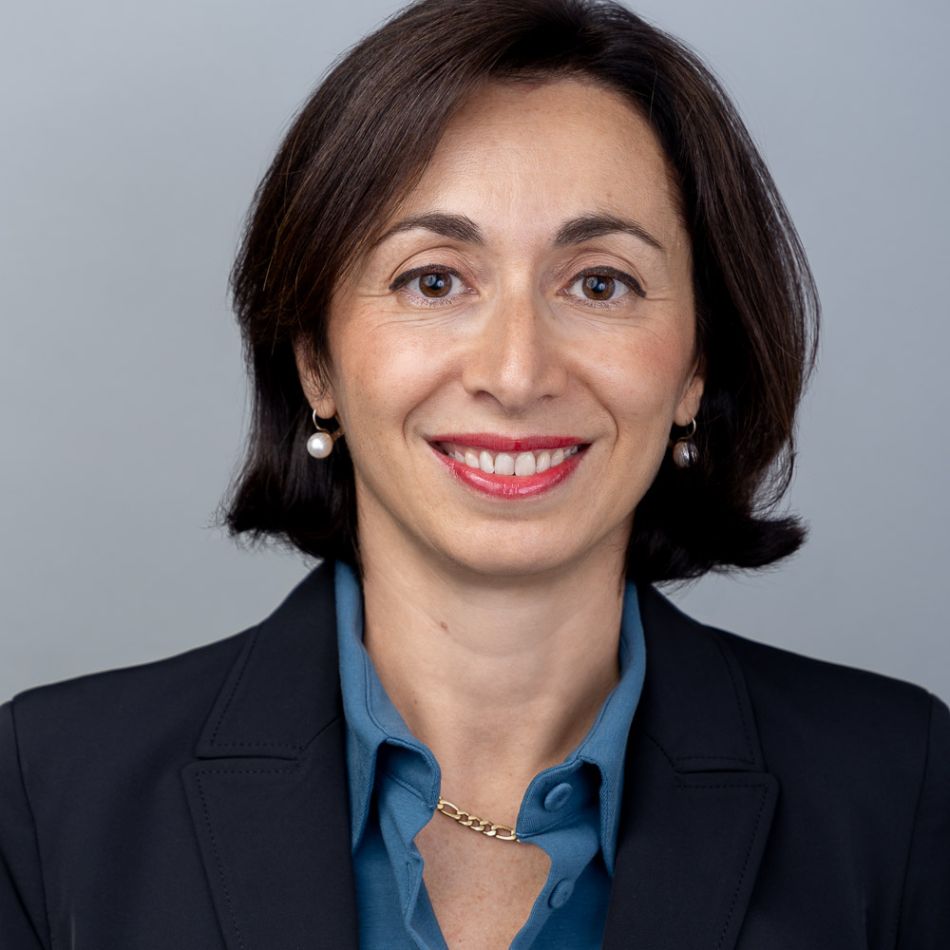Section 28: the expanding use of prerecorded evidence in criminal proceedings
In the first of two pieces, Criminal Litigation Partner at Ronald Fletcher Baker, Piers Desser, examines the origins of pre-recorded video evidence used in courts and demonstrates how the program operates in practice.
In criminal courts, the concept of prerecorded spoken testimony is not novel. Despite the fact that video-recorded evidence played at trial appears to be a recent innovation, it was devised decades ago and was initially designed to improve the evidence of juvenile and vulnerable witnesses.
The benefits of presenting evidence to a jury in this fashion have been extensively discussed in the House of Commons, and the recent expansion of the plan to include additional Crown Courts will need that more attorneys become familiar with this trial format. Various facets of this method should be reconsidered at this time.
The Criminal Justice Act of 1988 was the first to let a witness to testify by live link from a location outside the courtroom. Douglas Hurd, the then-Home Secretary, recognized the potential and ordered an investigation to investigate more initiatives.
The Pigot Committee, which was formed as a result, drew on a wide range of material to make what were then extreme recommendations. They featured completely prerecorded testimony for certain witnesses, especially in cases involving sexual charges.
Section 28 of the Youth Justice and Criminal Evidence Act of 1999, which deals directly with pre-recorded evidence, made it possible for some of those suggestions to become a reality.

“Potential hazards to an impartial trial”
The merits for justice were evident. Age and maturity should be supported by a legal framework that permits evidence to be amplified with clarity through a method that offers protection against the potentially unjust constraints of the adversarial system and thorough investigation.
The committee reasoned that allowing witnesses to testify in a more relaxed setting, as opposed to the witness stand, and at a suitable pace would result in more credible evidence.
The inherent threats to a fair trial were the scheme’s drawbacks. There is a danger that a witness will need to be recalled if the witness’s testimony is sealed months before the actual trial. The trial process is notoriously dynamic, and pre-recording a complainant’s testimony was always expected to result in logistical difficulties if fresh evidence arose.
In addition, it was predicted that cross-examination would be limited to a degree that would make it difficult for a lawyer to effectively attack the witness’s testimony, so diminishing the time-honored strategies for destroying credibility.
Notwithstanding, Section 28 was rolled out to a number of pilot courts, and the procedure swiftly established its own norms upon implementation.
In practice, the approach begins with the police determining that the case is appropriate for the witness, who is typically the complainant, to provide their story via a video recording, a practice known as Achieving Best Evidence (ABE). This implies that the origin of the procedure is dependent on an officer’s judgment.
This recording is then presented to the jury as the witness’s primary evidence. The video can be modified by mutual consent, but a potential fault with this procedure is that the prosecuting attorney is already constrained by the narrative questions asked by the officer conducting the ABE.
“Susceptible to police interrogation qualities”
This can have a discordant effect on the presentation of the prosecution’s case to the jury, particularly in factually complex situations. It is also susceptible to the quality of police interrogation, which may be adequate for a cautious interview with a suspect but not necessarily for eliciting a jury-friendly version of events.
After the ABE has been recorded, a trial-bound matter is scheduled for a Ground Rules Hearing to establish a schedule for the Section 28 cross-examination recording. Notable at this juncture is that the guideline specifies that each participant — both counsel and the judge — must be available for every phase of the process, regardless of other obligations.
This complicates the establishing of suitable timeframes and necessitates a higher level of obligation than in instances not covered by the plan, which might cause ethical issues for defense attorneys in particular.
Negotiation training for lawyers and jurists
We help lawyers to improve their negotiations skills inside and outside of a courtroom.
Inhouse counsel are supported by improving their negotiation skills when dealing with sellers, works council etc.
In addition, some courts have ordered defense attorneys to submit a list of questions for judicial pre-approval prior to the date of the hearing. While advance consideration of the issues of cross-examination is undoubtedly a prudent practice, pre-approved questions pose an obvious threat to the process’s credibility.
During the Section 28 hearing itself, the attorney will be in the courtroom with the witness, who will be in a separate room. Appropriate time limits are established for questioning, and it is the advocate’s responsibility to get permission from the court to ask a follow-up question if a witness’s response affords an opportunity to expand on a point.
Judges are obligated to interfere if unsuitable questions are submitted or if the method of questioning is inappropriate for the witness. It is customary to ask brief queries in standard English. ABE and the recorded product of the Section 28 cross-examination will be played to the jury in the absence of the witness, according to the plan.
Link to the law firm’s website for further information
Picture (c): www.rfblegal.co.uk/











